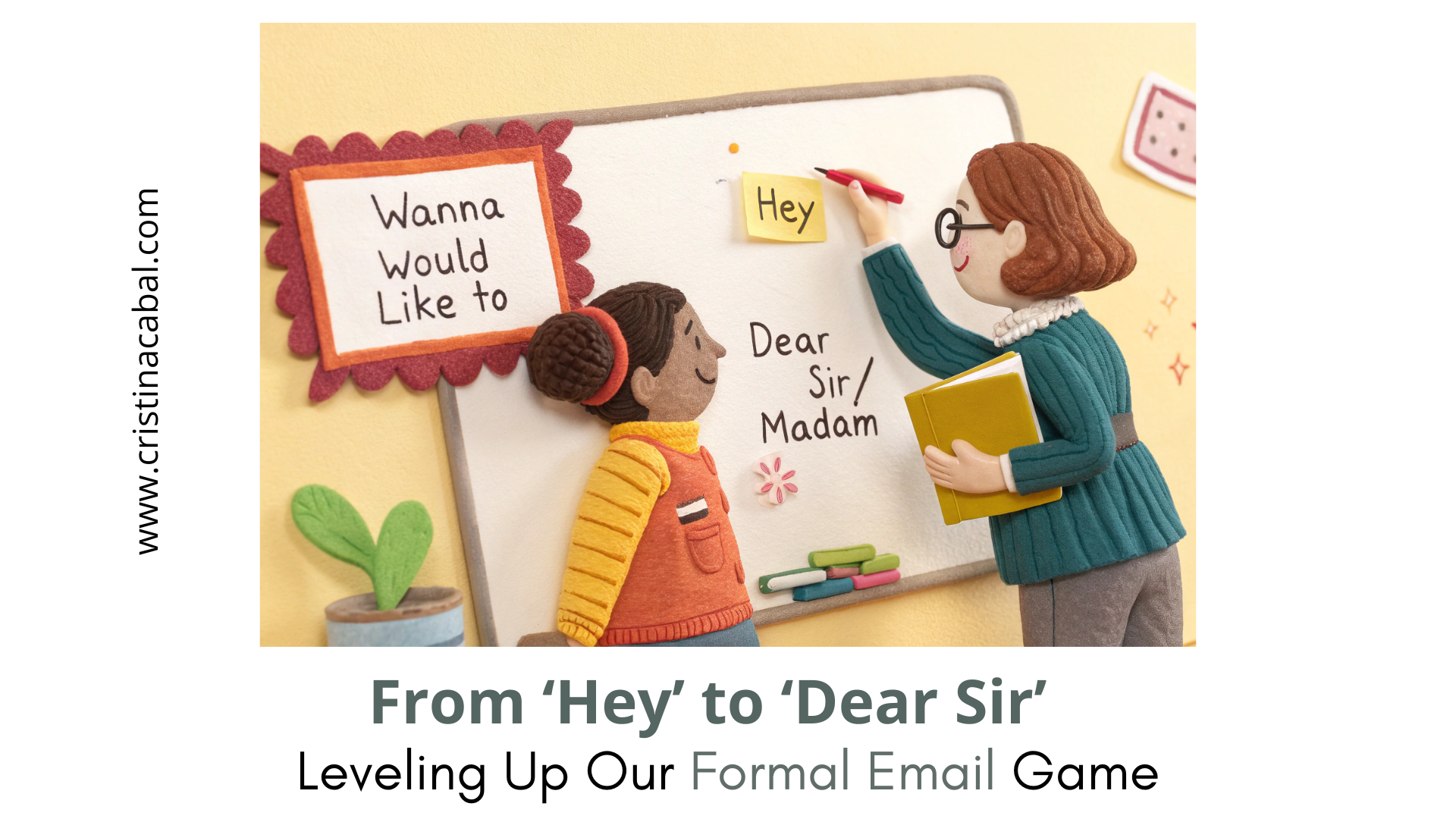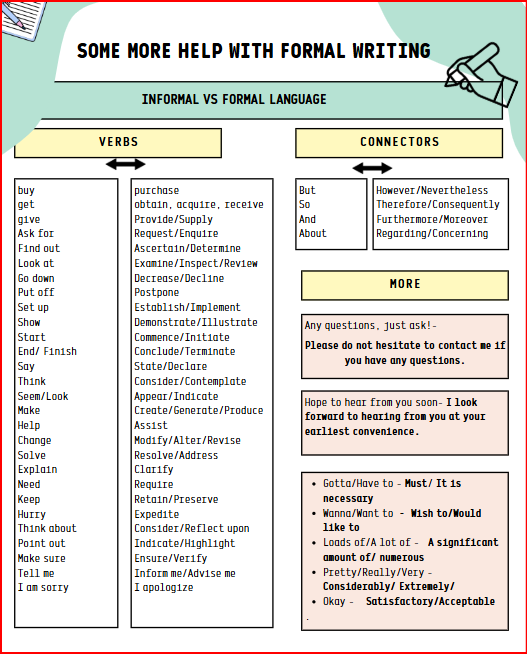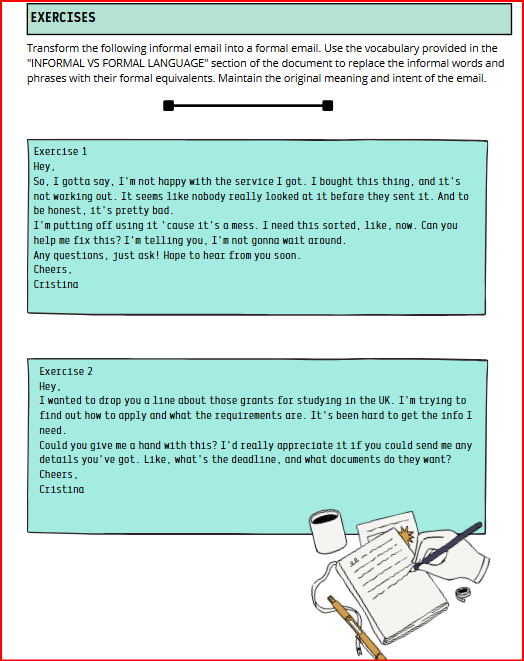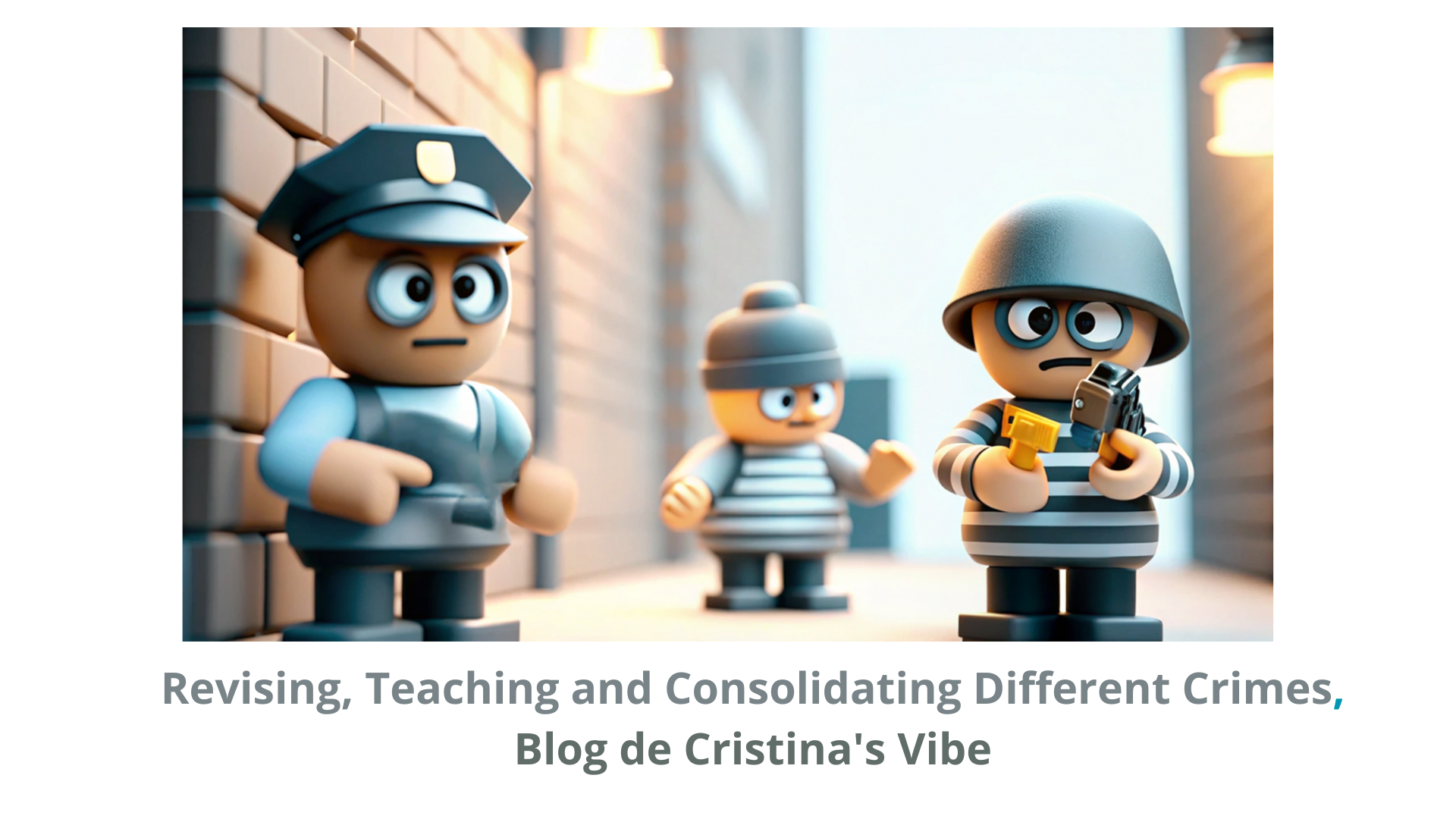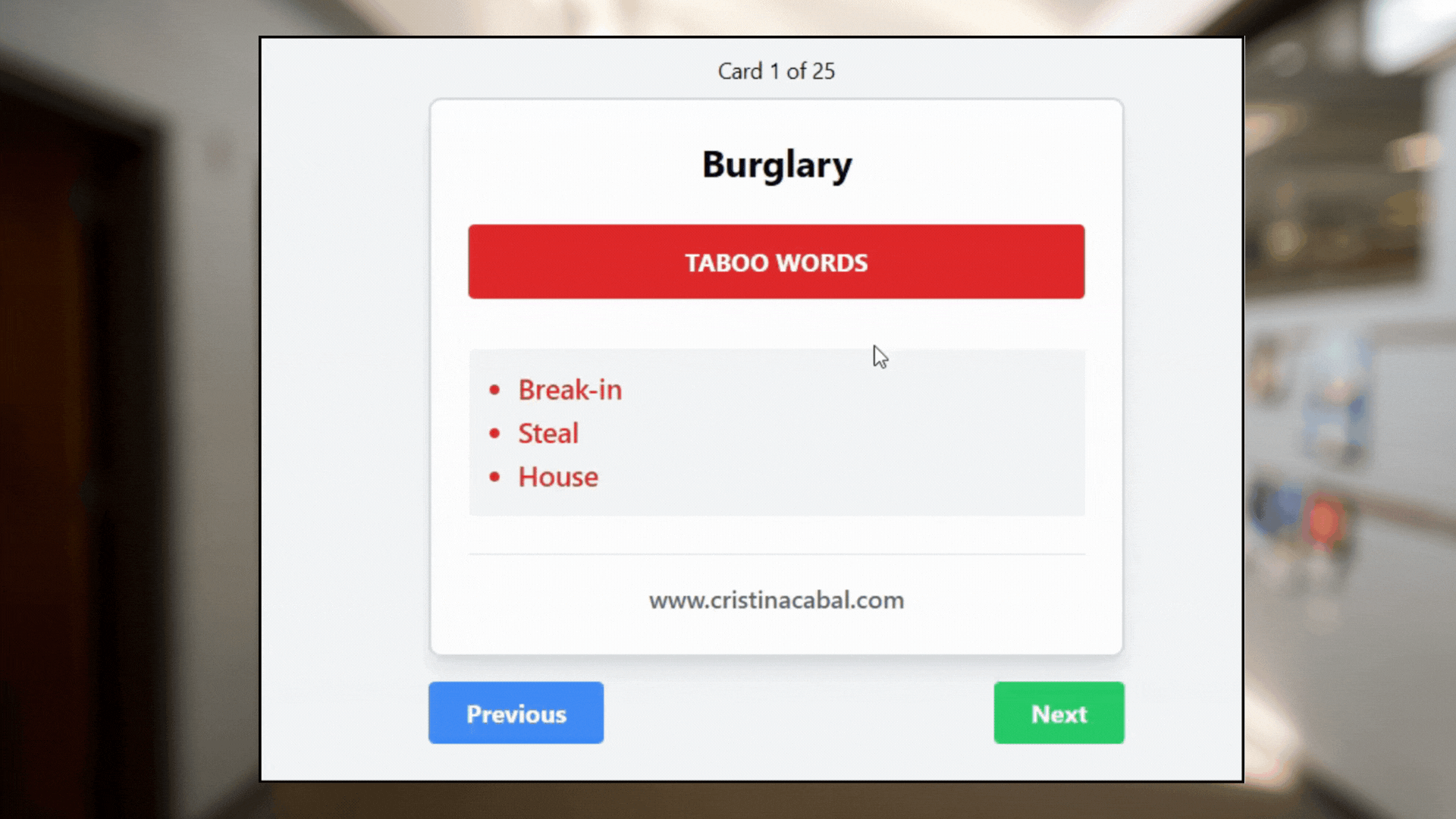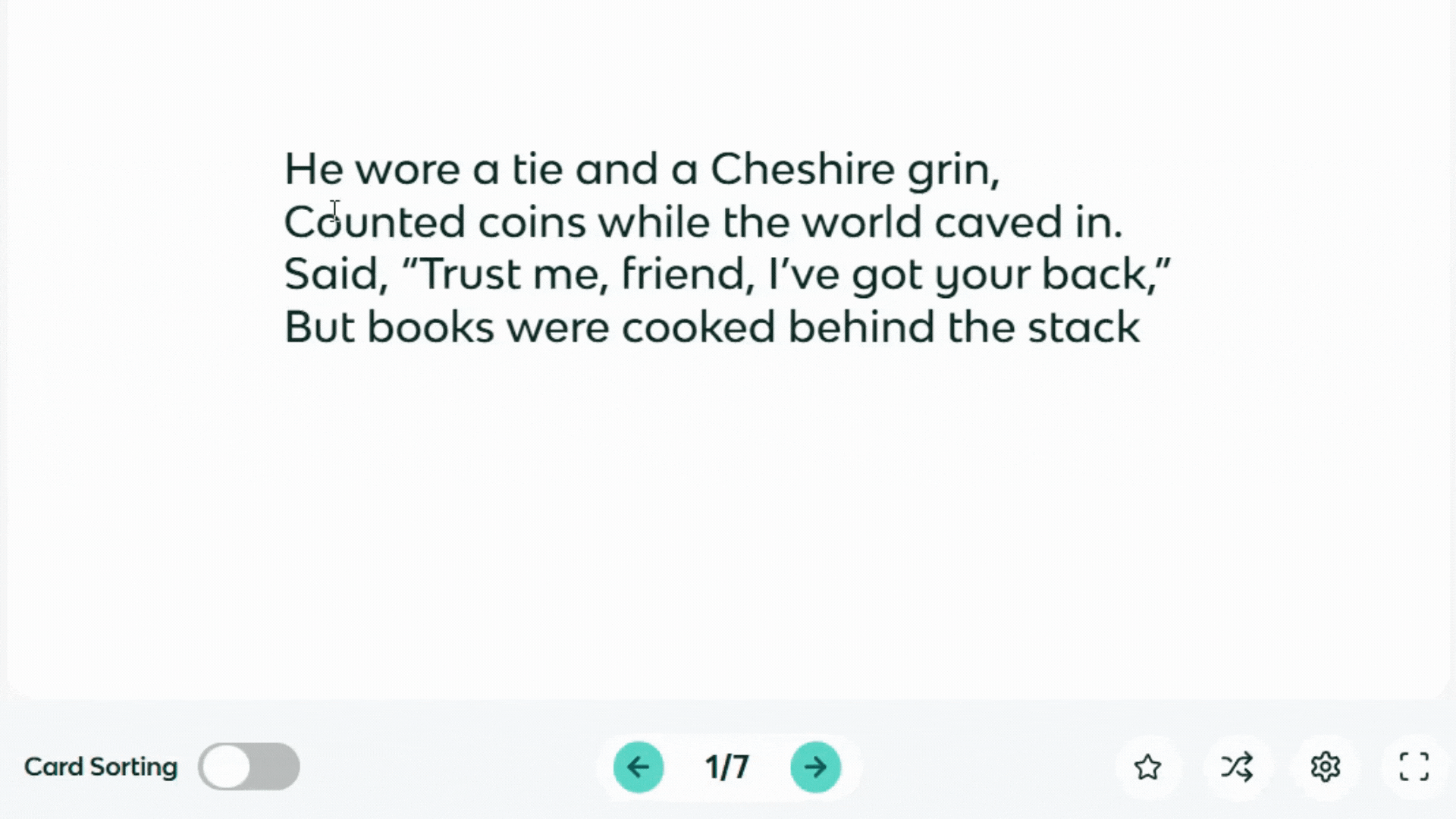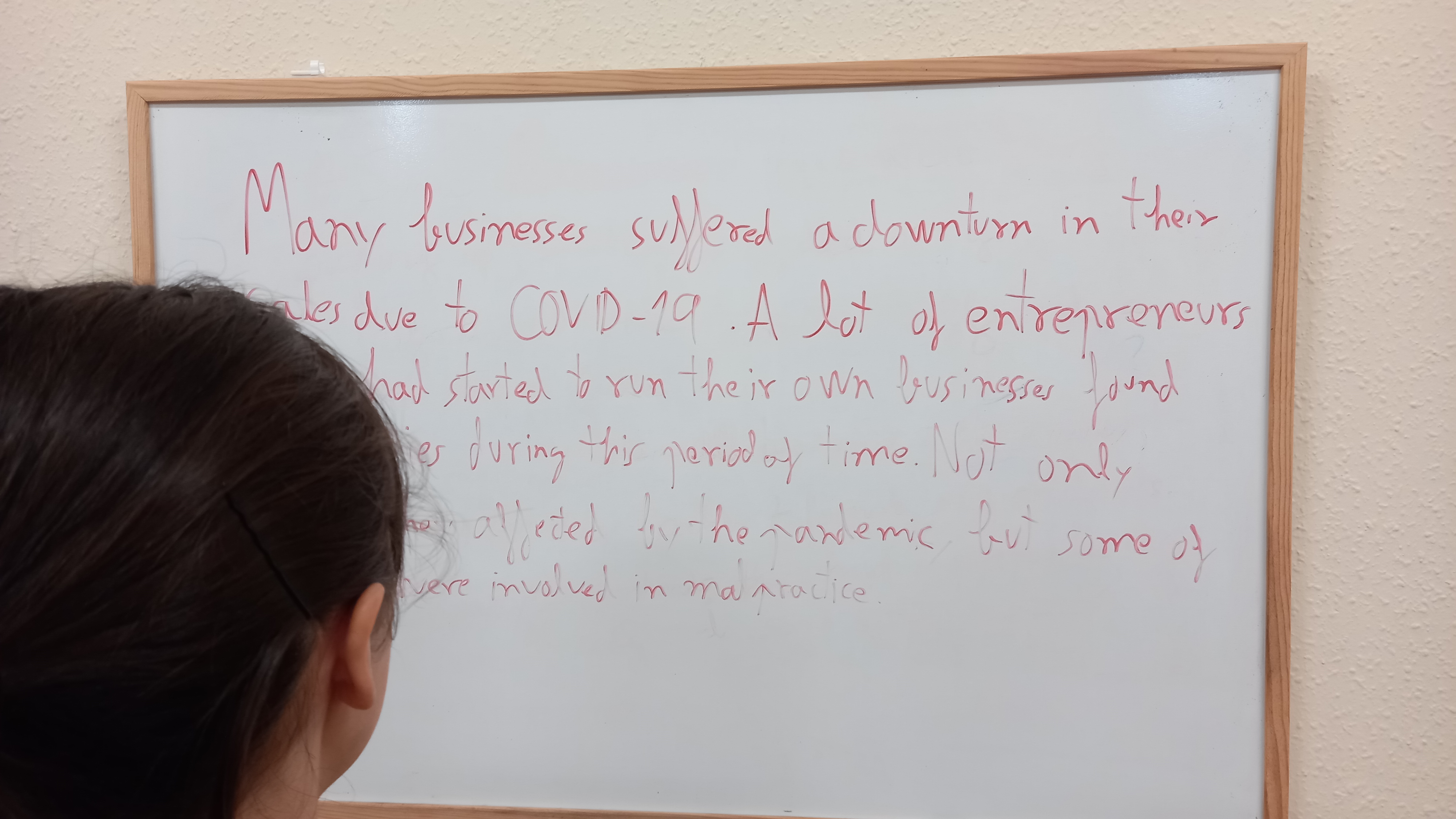Have you ever wondered whether you should say risk or danger, or what makes a threat different from a menace? These words all relate to harm or trouble, but they’re not exactly the same—and choosing the right one can really sharpen your English. I
In this post, you’ll find clear and simple definitions, each one explained with examples where only one word fits. And to make things even more fun, we’ve turned it into a mini game inspired by Who Wants to Be a Millionaire? Can you pick the right word under pressure?
Here we go!
Danger
Definition: A general term referring to the possibility of harm, injury, or negative consequences. It is often immediate or imminent.
Example: Driving at high speed through a foggy road presents a danger to all passengers.
Peril
Definition: A more intensified or extreme form of danger, often involving a high likelihood of serious harm or death. Note: “Peril” is more literary or formal in tone than “danger.”
Example: Mountaineers caught in an avalanche are in peril—their lives are at significant risk.
Threat
Definition: The possibility or expression of future harm, often intentional or directed. A threat may not be immediate but implies a potential for conflict, damage, or danger.
Example: A hostile email from a rival company can be perceived as a threat to your business operations.
Hazard
Definition: A source or condition that can cause harm or damage if not managed. Hazards are often discussed in health and safety contexts. Difference from danger: A hazard is the source, while danger is the condition or situation that may result.
Example: Chemical spills in a laboratory are a serious hazard that must be addressed immediately
Menace
Definition: A person or thing that is persistently troublesome, harmful, or threatening. The word carries a strong connotation of nuisance or long-term disturbance. Stylistic note: “Menace” can describe both people and abstract concepts and often implies social or moral concern.
Example: The gang operating in the neighbourhood has become a real menace to the community.
Risk
Definition: The probability or likelihood that harm will occur. It is often measured or calculated, especially in fields like finance, engineering, or healthcare.Difference from danger: Risk is about possibility, while danger is about the actual presence of harm.
Example: Investing in a startup involves risk, as you may lose your capital if the company fails.
| Term | Focus | Immediacy | Connotation | Example |
|---|---|---|---|---|
| Danger | Harmful situation or condition | Imminent | Neutral/serious | Standing near a live wire |
| Peril | Severe or extreme danger | Critical | Formal/literary | Lost at sea during a storm |
| Threat | Possibility or intent of harm | Future | Negative/hostile | A cyberattack warning from a hacker |
| Hazard | Source of potential harm | Latent | Technical/safety | Oil on a kitchen floor |
| Menace | Nuisance or ongoing harm | Ongoing | Strongly negative | A dictator seen as a menace to global peace |
| Risk | Probability of harm occurring | Theoretical | Neutral/analytical | Investing in volatile stock markets |
Let’s play!
Answers explained
1. Chemical __________ that could cause severe respiratory issues.
✅ Correct: hazard
-
❌ Danger – too general, lacks the focus on the source.
-
❌ Risk – not about probability, but about an object/source.
-
❌ Threat, peril, menace – these imply intent, intensity, or agency, which a chemical lacks.
→ Only “hazard” fits: it’s used technically to describe potential harm from substances.
2. His life was under serious __________.
✅ Correct: threat
-
❌ Danger – doesn’t convey intentionality (implied here).
-
❌ Risk – focuses on probability, not active danger from others.
-
❌ Peril – too dramatic/literary here, and not idiomatic with “under”.
-
❌ Hazard, menace – not used in this collocation.
→ “Under threat” is a set phrase and contextually appropriate.
3. The child was in immediate __________ on the train tracks.
✅ Correct: danger
-
❌ Peril – close, but not idiomatic with “immediate” for this age group.
-
❌ Hazard – refers to the source of danger, not the situation.
-
❌ Threat, menace, risk – not idiomatic or accurate here.
→ “In immediate danger” is a standard and idiomatic expression.
4. Climbers were in grave __________ in the storm.
✅ Correct: peril
-
❌ Danger – weaker in tone than “grave peril.”
-
❌ Risk – doesn’t convey immediacy and severity.
-
❌ Hazard, menace, threat – incorrect register or meaning.
→ “In grave peril” is formal, intense, and collocationally precise.
5. Financial __________ to the company.
✅ Correct: risk
-
❌ Danger – rarely used with financial terms.
-
❌ Peril – literary and awkward in business contexts.
-
❌ Hazard, menace, threat – do not fit financial collocations.
→ “Financial risk” is a fixed collocation in business discourse.
6. The gang had become a __________ to the neighbourhood.
✅ Correct: menace
-
❌ Threat – possible, but “menace” better fits long-term disturbance.
-
❌ Hazard, peril, risk – not used for people/social behaviour.
-
❌ Danger – less precise for ongoing nuisance.
→ “Menace” strongly implies persistently harmful behaviour.
